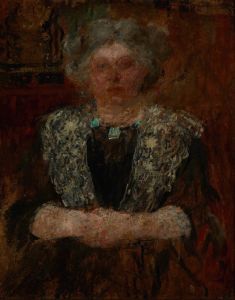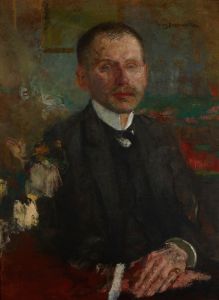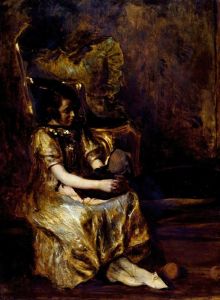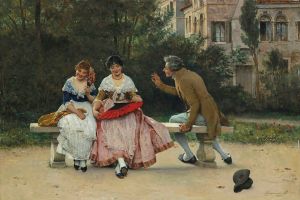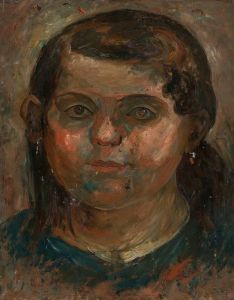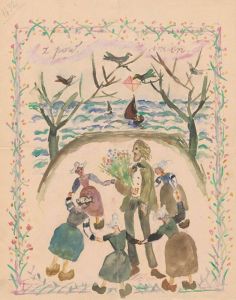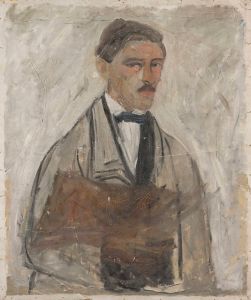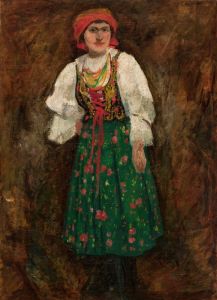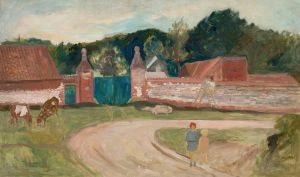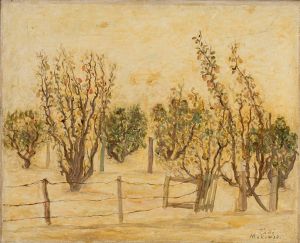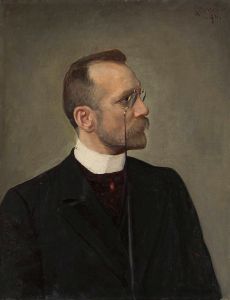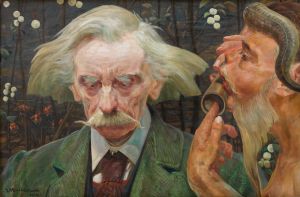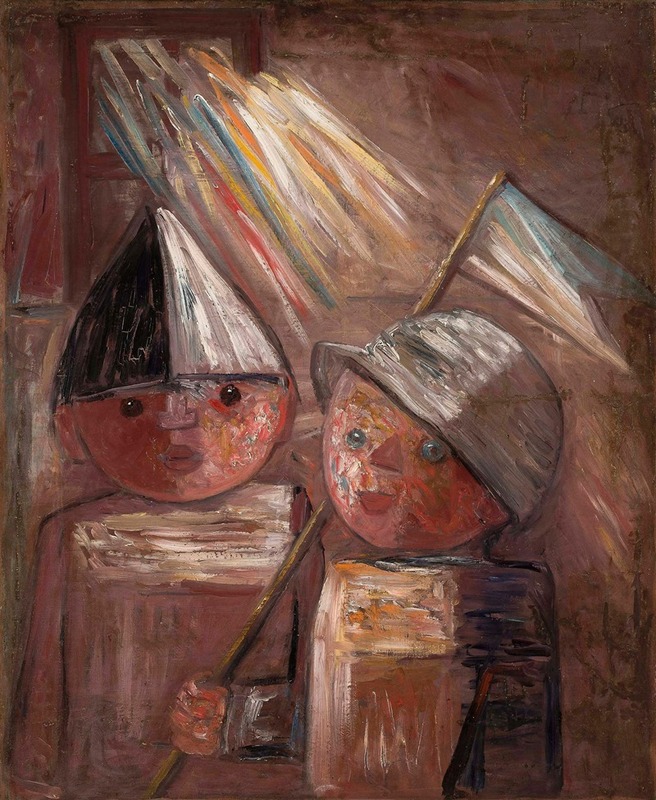
Two children with a flag
A hand-painted replica of Tadeusz Makowski’s masterpiece Two children with a flag, meticulously crafted by professional artists to capture the true essence of the original. Each piece is created with museum-quality canvas and rare mineral pigments, carefully painted by experienced artists with delicate brushstrokes and rich, layered colors to perfectly recreate the texture of the original artwork. Unlike machine-printed reproductions, this hand-painted version brings the painting to life, infused with the artist’s emotions and skill in every stroke. Whether for personal collection or home decoration, it instantly elevates the artistic atmosphere of any space.
Tadeusz Makowski was a Polish painter known for his unique style that combined elements of folk art with modernist influences. Born on January 29, 1882, in Oświęcim, Poland, Makowski initially studied classical philology at the Jagiellonian University in Kraków before pursuing his passion for art at the Academy of Fine Arts in Kraków. He studied under prominent artists such as Józef Mehoffer and Jan Stanisławski, which helped shape his early artistic development.
Makowski moved to Paris in 1908, where he became part of the vibrant artistic community. Influenced by the works of Paul Cézanne and the Cubist movement, Makowski began to develop his distinctive style. His art often featured simplified forms and a muted color palette, drawing inspiration from the innocence and simplicity of children's art and folk traditions.
"Two Children with a Flag" is one of Makowski's notable works, showcasing his characteristic style. The painting depicts two children holding a flag, rendered in a manner that emphasizes their innocence and the simplicity of childhood. Makowski's use of geometric shapes and subdued colors reflects his interest in Cubism, while the subject matter aligns with his fascination with childhood themes.
The children in the painting are portrayed with a sense of timelessness, their expressions and postures capturing a moment of youthful curiosity and playfulness. The flag they hold could symbolize various themes, such as national identity, innocence, or the spirit of adventure, but Makowski leaves these interpretations open to the viewer, focusing instead on the universal aspects of childhood.
Makowski's work often explored the world of children, portraying them in various settings and activities. His paintings are characterized by a sense of nostalgia and a longing for the simplicity and purity of childhood. "Two Children with a Flag" is no exception, as it captures the essence of Makowski's artistic vision and his ability to convey complex emotions through seemingly simple compositions.
Throughout his career, Makowski remained relatively isolated from mainstream art movements, choosing instead to develop his unique style. His work gained recognition in Poland and France, and he exhibited in several prestigious galleries and salons. Despite his success, Makowski lived a modest life, dedicated to his art and the exploration of his chosen themes.
Tadeusz Makowski passed away on November 1, 1932, in Paris, leaving behind a legacy of paintings that continue to be celebrated for their emotional depth and artistic innovation. "Two Children with a Flag" remains an enduring example of his ability to capture the essence of childhood and the universal themes that resonate with audiences across generations.





